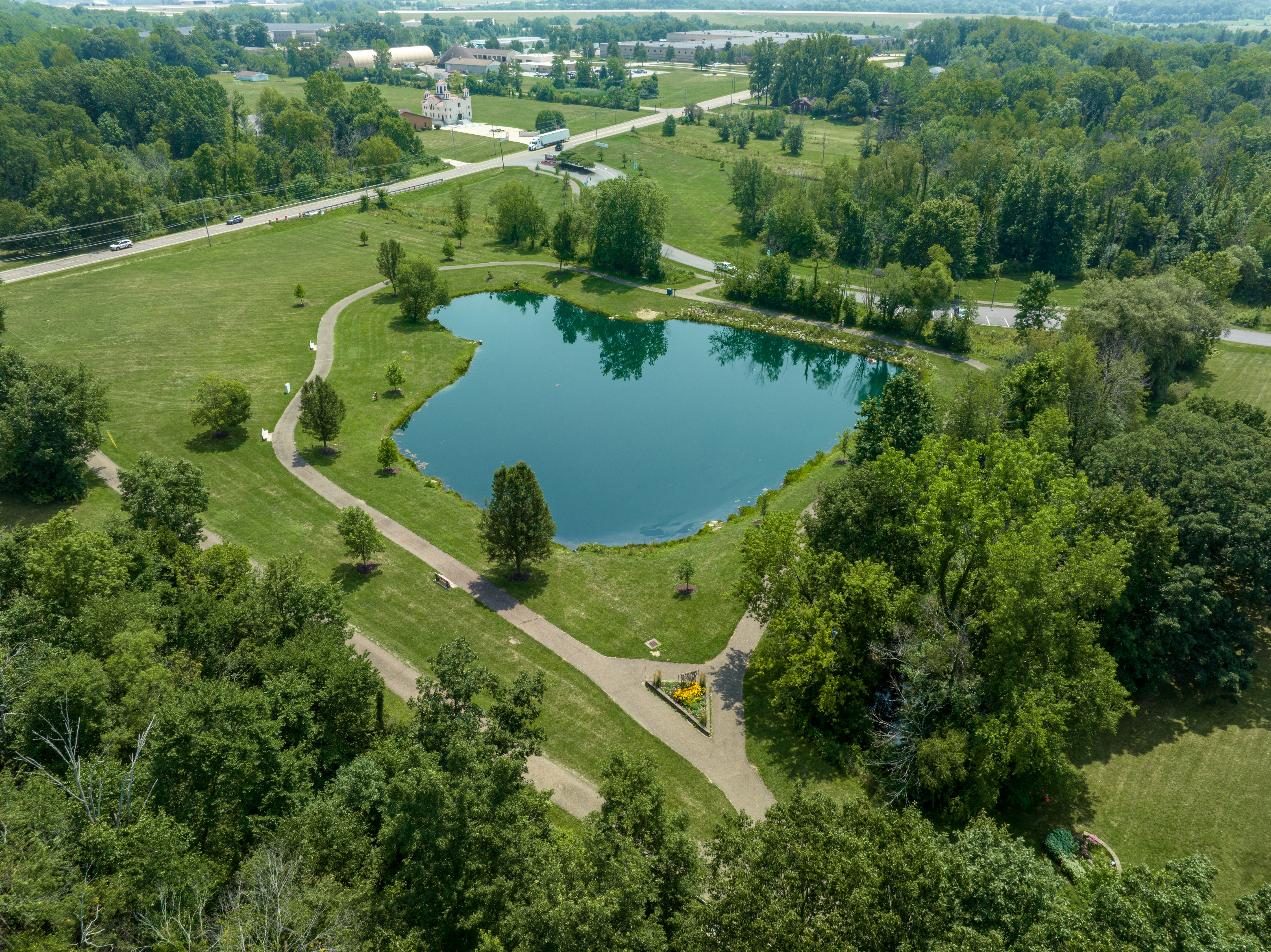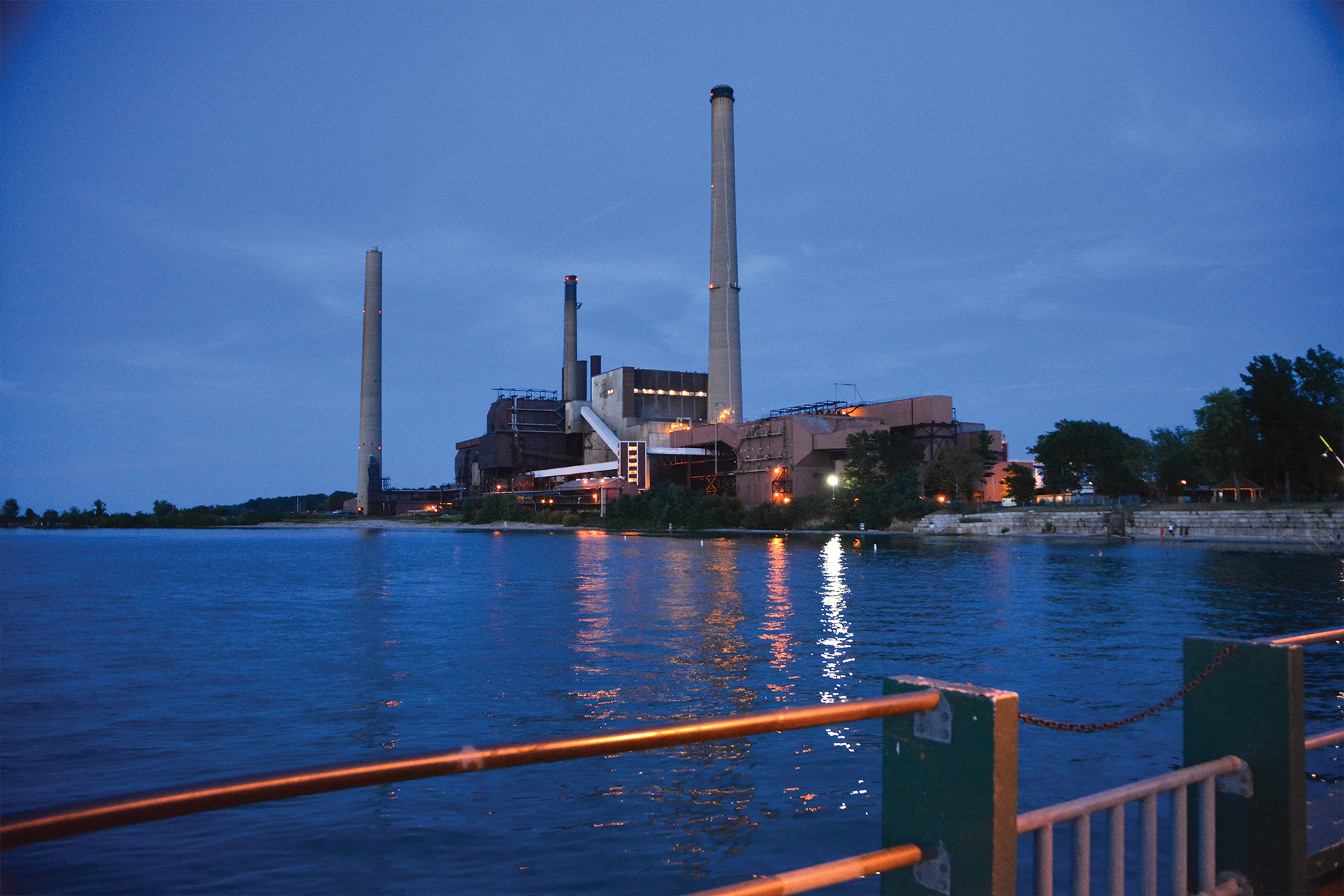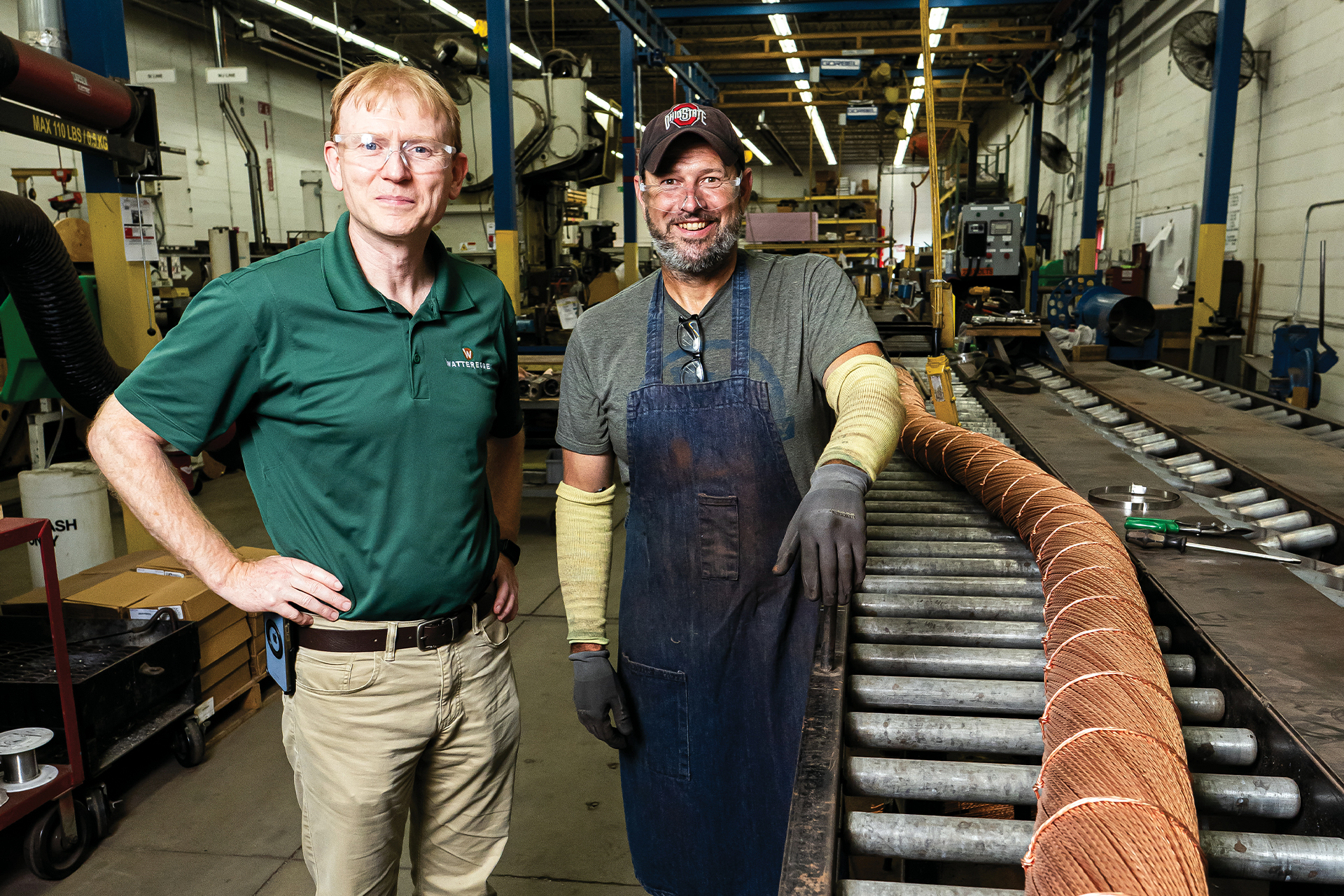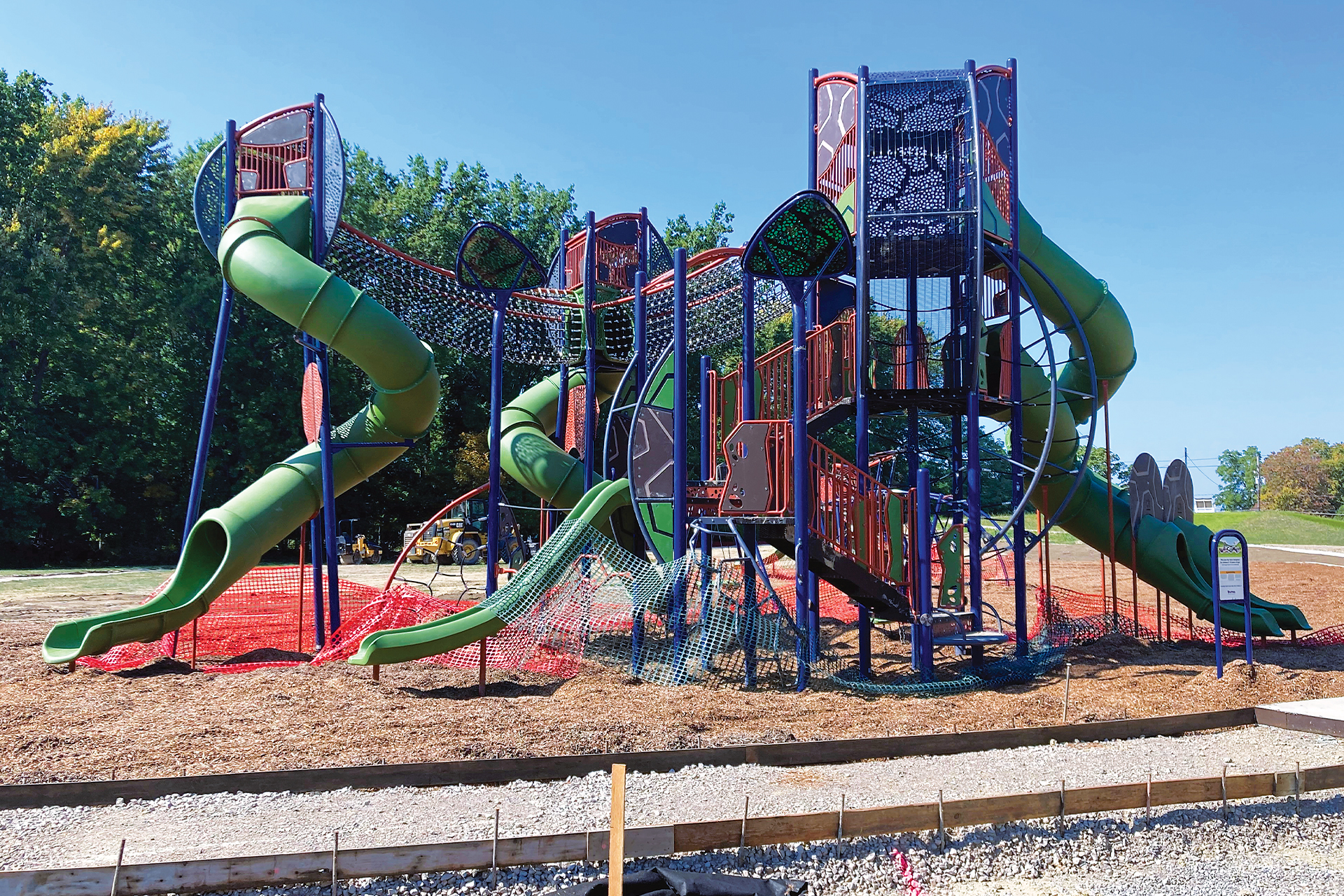Find Out How Green’s Comprehensive Plan will Guide Future Development
The plan will address issues such as transportation, housing, parks and open spaces.
by Ruth Corradi Beach — Partnership Content | Oct. 17, 2023 | 4:00 PM
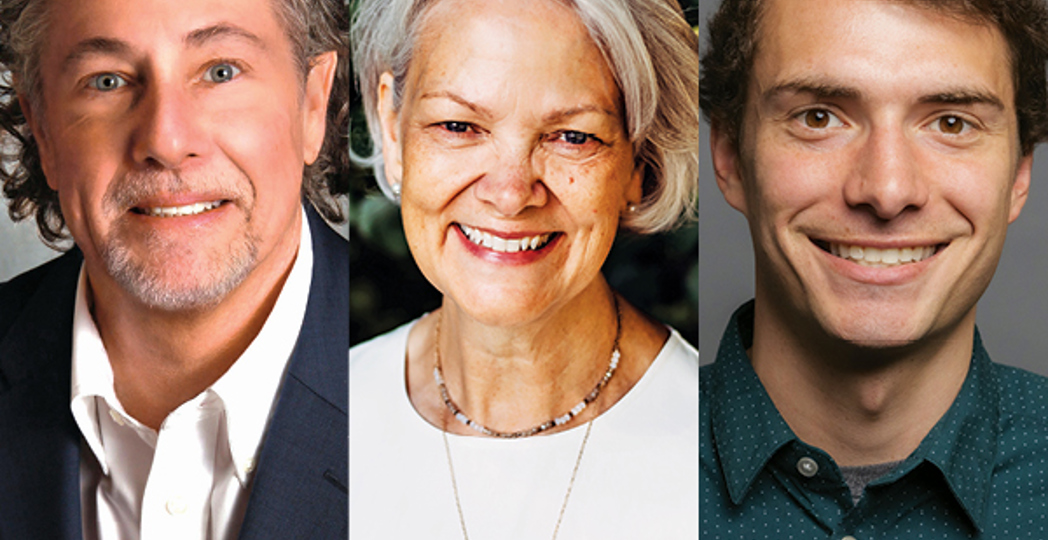
Green representatives and residents are creating a Comprehensive Plan to replace one adopted in 2014.
Wayne Wiethe, director of planning for the City of Green, says: “The purpose of the Comprehensive Plan is to guide future land use decisions for the City of Green. Do [we] want to preserve the land? Build a cluster development? It helps to look at different uses and the way to get to it.” The plan will address issues such as transportation, housing, parks and open spaces.
The process is an expansive one, enlisting opinions and ideas from a number of stakeholders, including citizens. “The first thing we do is evaluate our existing plan so we have a baseline of where we are,” says Sarah Haring, Green’s community development administrator. “The next steps are the steering committee and public visioning.”
The steering committee will consist of members of various committees such as planning and historical preservation, as well as Green residents. All steering committee meetings are open to the public, and residents can review the plan to find out what might be possible in regard to land use in the city.
Another benefit of the plan is that in some instances, it helps the city secure grants for funding. “If you implement recommendations at the end of this process — if we want a rain garden in every neighborhood, for example — that gives us leverage to apply for funding for programs like that,” Haring says.
Kevin White, city planner, notes that the Comprehensive Plan will serve as a guide, not a directive. “Nothing is binding in the plan,” he says. “It’s a visioning document, looking at the physical, economic, social and environmental development of the community. For the everyday citizen, the biggest improvement is a chance to voice your opinion and reach consensus. No one is going to like everything in the plan, but it’s a chance to do a straw poll, to find out what we’re doing right, wrong, and what we can do better. This whole process makes that whole vision clear.”
Trending
-
1
-
2
-
3
-
4
-
5



